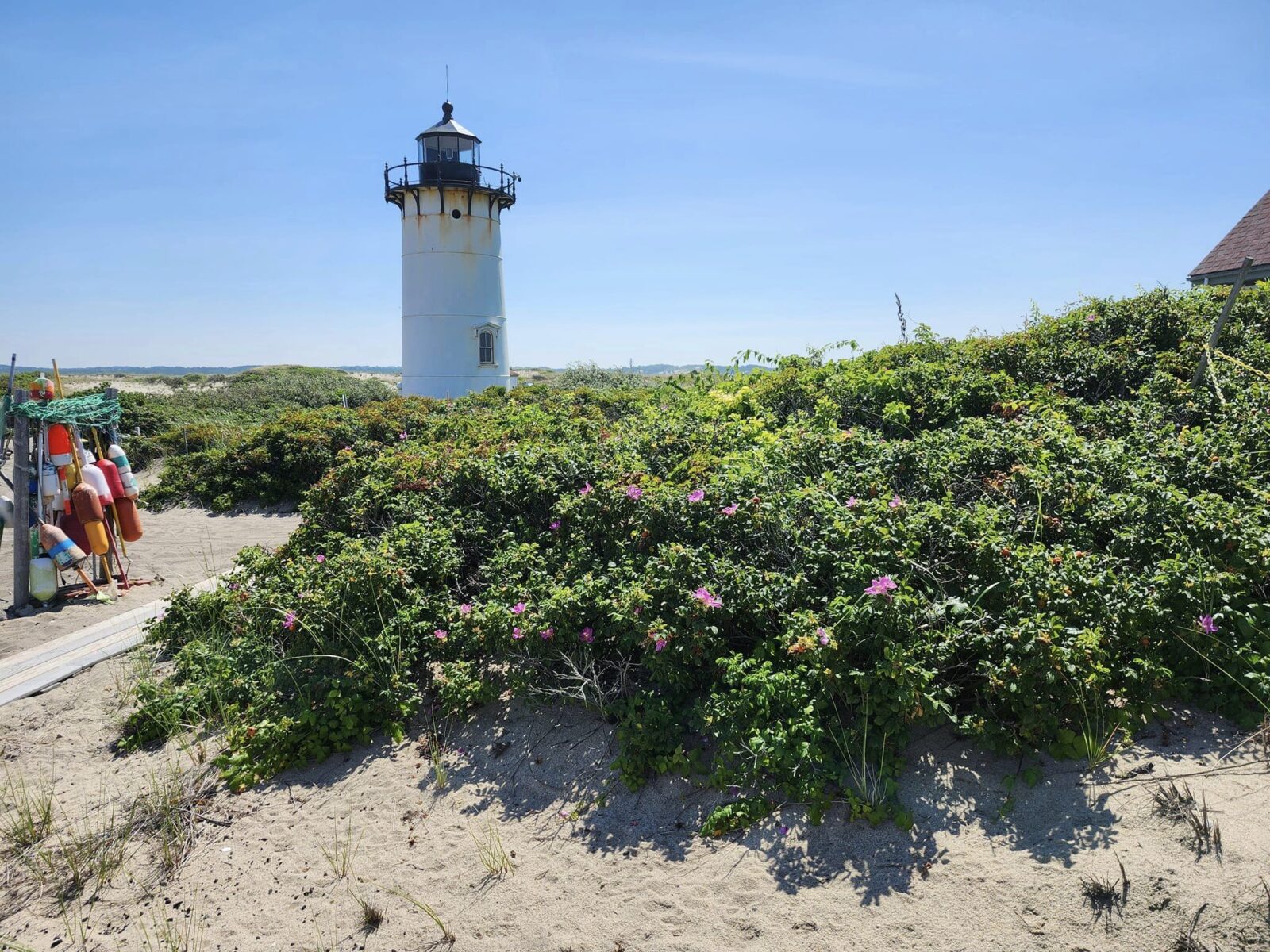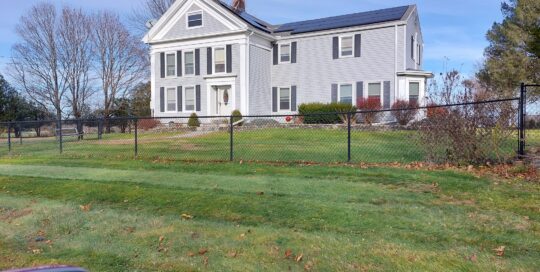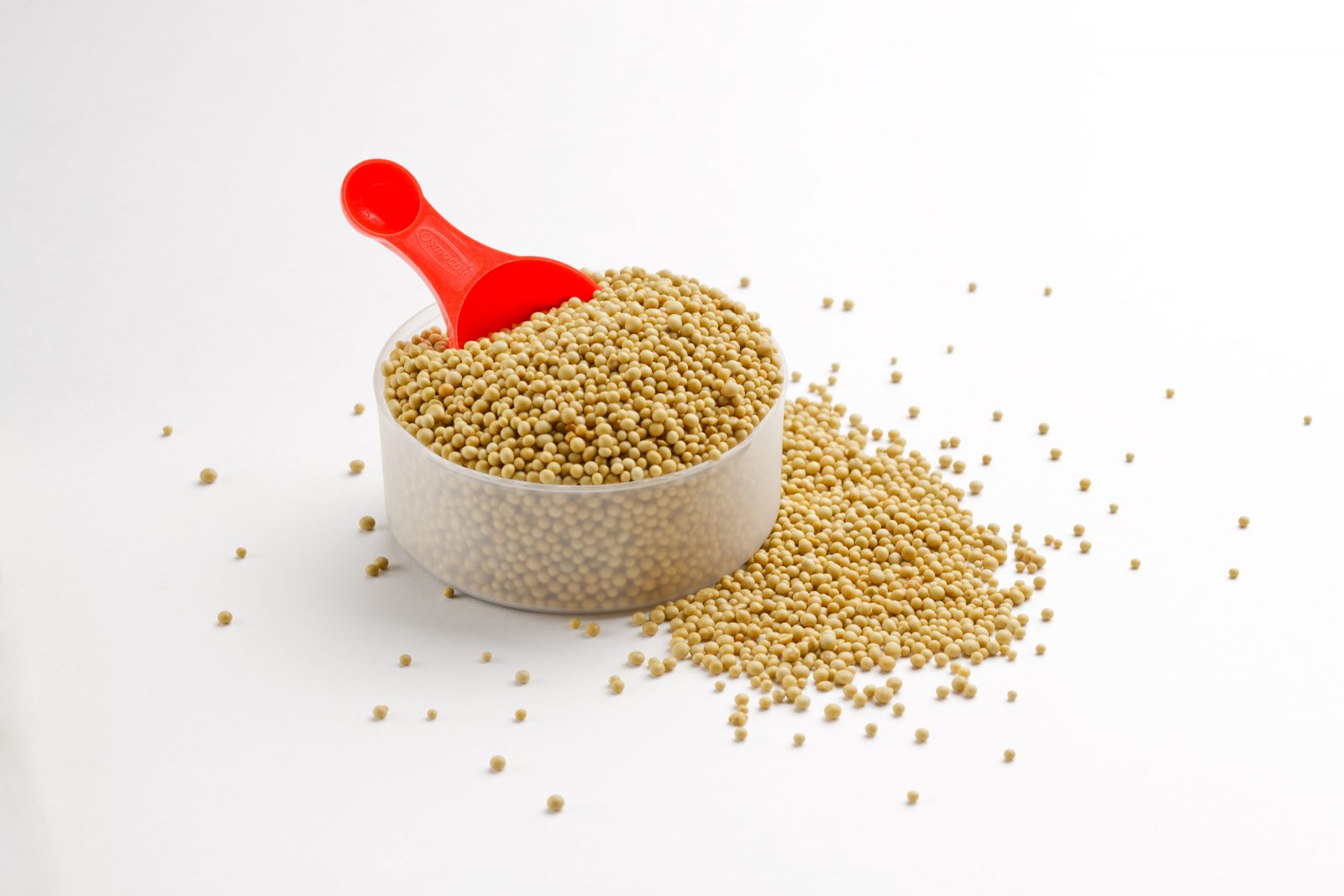Birds as Pest Control in the Rose Garden
Views: 8787

Ah, Summer! It’s such a busy time of year, for us and birds. We rosarians are well aware of the fact that our gardening is never finished; it is always evolving, always a work in progress.
June is such an active time of year for me that I never seem to begin my mulching program until July. Last year, I tried using cedar mulch because it was so light and fluffy. I thought it might last a little longer just because it WAS cedar, but it didn’t last any longer than shredded pine bark mulch. Because of the difference in price, I’ve gone back to shredded pine bark this year. I’ve laid down two yards and I have at least four more to go.
Waiting until July to apply mulch means pacing myself because of the heat. It’ll take me longer, but I’ll get the job done soon. Three or four inches insulates the plants nicely and keeps the roots cooler during this hottest time of year. It also aids in watering as the mulch breaks the shower from my watering wand nicely. The water goes exactly where I want it to go.
Controlling Beetles
Deadheading is a daily chore this time of year. It doesn’t take long to grab a pair of pruners and a bucket and have at it with the spent blooms. I then dump my bucket into the regular garbage and send it off to the landfill. No need to recycle rose garbage… besides, this time of year, there are always a few Japanese beetles that ride a spent blossom into my bucket.
These beetles showed up early this summer. They usually make their presence known on July 4th weekend, but this year the ground warmed up so fast that they began to arrive at least two weeks early. These insects pupate underground and when they emerge from the ground, they are very hungry. If there are no blooms to eat, they turn their attention to tender, new growth and gobble it into lace.
About the same time they wake up, they are also consumed with a strong urge to procreate which they practice with wild abandon. It’s not unusual to see four or five beetles piled up on each other with several more waiting their turn. When I see this, I get my bottle of soapy water, hold it under the nuptial bloom, tap it, and all those rapturous beetles fall down into the jar to drown in their bliss. I am always delighted to zap all these beetles with one tap!
Last summer, I laid down Milky Spore to kill off the beetles in their grub stage. It takes four or five years to spread around, but I’ve been surprised this summer to notice that there seem to be fewer beetles attacking my roses. Of course, that makes me happy, but how can this be?
Birds in the Rose Garden
We used to feed the birds year-round. That ended a few years ago when our neighbor’s feeder was visited by a big black bear. He tore the bird feeder apart and ate up all the yummy black oil seed that we use a lot of in the Northeast. When startled, he ambled off down the big hill out back. Obviously, he had been a visitor somewhere a couple of times before because he sported blue tags in both his ears. That was the end of summertime feeding for us. At least until last summer when I asked Bob if we could put out one feeder.
There are some birds that you can only see around here in the summer, and my favorite is the Rose-Breasted Grosbeak. The male is an extremely showy bird… his back is black and his underfeathers are white, so when he flies his colors are dramatic. But, he also sports a bright red ‘heart’ on his white breast which makes him an amazing bird to see.
I wanted to see him and others again, so we chose a place in the front of the house where my kitchen and pantry make an ‘L.’ Now we can observe from the pantry window and the kitchen window at the same time. It’s a protected area, and so far, no bears! In addition to the grosbeaks, cardinals, goldfinches, chickadees, and tufted titmice, we have sparrows of all types.
English Sparrows
More than anything else, though, we have English Sparrows. By the hundreds! Bob calls them ‘pig birds’ because they are constantly sweeping the seed out of the feeder all over the ground. Unfortunately, though, once you make the decision to feed you have put out an invitation to everyone and can’t pick and choose who shows up!
One morning, recently, I was up early and was captivated by the beauty of the early summer morning. I watched out the bathroom window as the birds were flying around the back yard. I noticed then that all these birds were English Sparrows and that they were flying close to the ground. They were capturing Japanese beetles as they emerged from the ground and eating them up!
Then, I noticed Tufted Titmice flying around in my Rose Forest Garden. They were landing on the side branches of the roses or on the stems just under the blossoms, putting their faces into my blooms, and gobbling up the beetles within!
Oh, this was a heavenly discovery…I am so glad we attracted so many of these little, hungry birds into our yard who like seeds AND bugs! I wasn’t aware that anything ate these beetles, so this may be a kind of an evolutionary process going on. I hope the other birds learn from these two species and develop a taste for these crunchy critters, too. Maybe Japanese beetles will become the ‘Lobster’ of the insect world for them!
Meet Marci Martin
Marci Martin has loved roses for as long as she can remember. From the time she was a little girl, she was fascinated with how…
Marci's Recent Posts

Roses and Friends at Race Point Lighthouse








